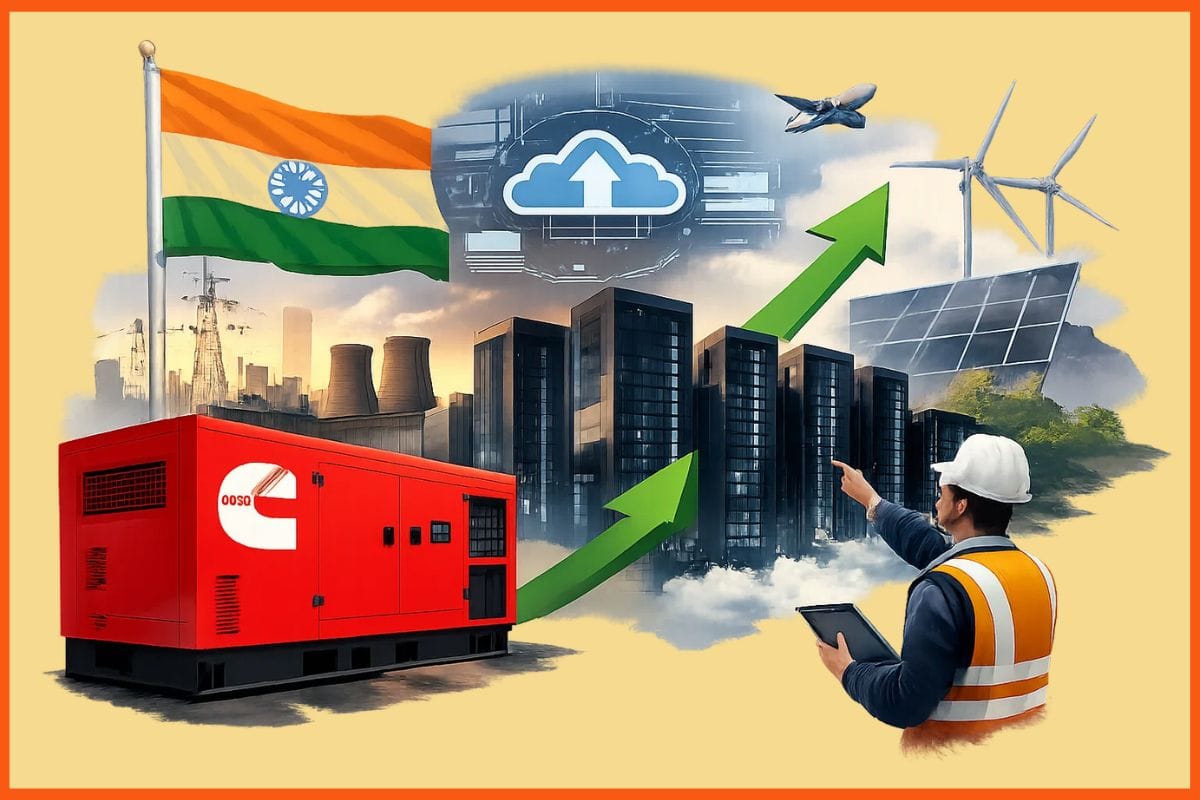5G Launch in India and Its Impact on the Internet of Things
📖 Learning
With the expansion of the urban ecosystem since the beginning of the 21st century, there is a tremendous technological shift that drives the country forward. India is all set to put its digital revolution game on a higher pedestal through the launch of 5G services in the country. Heralding the dawn of instant connectivity, Prime Minister Narendra Modi launched 5G services in India on 1st October 2022 in New Delhi at the 6th edition of the India Mobile Congress.
With the rollout of these services, it is expected to benefit more than 98% of internet users. All the telecom giants, including Reliance Chairman, Mukesh Ambani, Aditya Birla Group Chief, Kumar Mangalam Birla, Bharti Enterprises Chairman, Sunil Bharti Mittal, and others, look forward to this development with a lot of hope and optimism. The fifth-generation wireless technology will provide connectivity with higher speed and lower latency, with a capacity greater than that of 4G LTE. 5G will give huge leverage to IoT, AI, AR/VR, and private LTE, all of which will inadvertently support industry 4.0. As a result, IoT service provider will be able to offer users a more seamless experience.
This article will discuss the impact of 5G on the Internet of Things.
Internet of Things (IoT)
IoT After 5G
Things to Look Out for at the Advent Seamless Experiences
Which Companies Will Provide 5G Technology in India?
Internet of Things (IoT)
According to Ganti and Lei, the basic concept of IoT is to “enable objects of all kinds to have sensing, actuating, and communication capabilities, so that locally intrinsic or extrinsic data can be collected, processed, transmitted, concentrated, and analyzed for either cyber-physical goals at the collection point (or perhaps along the way), or for process/environment/systems analytics (of a predictive or historical nature) at a processing center, often “in the cloud”. These objects range from those that can be employed in infrastructure, critical-infrastructure support, healthcare, education, households etc.
As per reports, the number of IoT connections will triple to reach 25 billion and the global IoT revenue will soar to reach $1.1 trillion by 2025. As far as India is concerned and its goal of being a $5 trillion economy by 2025, investing more in the expansion of IoT and 5G will be a wise decision. According to McKinsey, the effective rollout of 5G technology alongside IoT in mobility, healthcare, manufacturing, and retail can increase the global GDP by $1.2 to $2 trillion by the end of 2030, which can have an impact of $1 trillion on India by the year 2035.

IoT After 5G

As per the projections by the International Data Corporation (IDC), there will be 41.6 billion IoT devices by 2025. In fact, this surge in numbers is also a clarion call for launching 5G services in India as it will demand wireless connections with more reliability, ultra-low latency, high network capacity, and improved availability. 5G will ensure stable connections for the hassle-free functioning of IoT. The latency will be reduced to as low as 1 millisecond, which is 10 times less than 4G. The network hyper densification laid out by 5G networks is going to be commendable, which will result in a traffic-free digital space. With an efficient processing system in place, 5G will ensure optimised network energy consumption.
The transmission of data through sensors will become more and more efficient. One problem that happens when multiple devices are connected is the menace of erratic connection. 5G can largely solve this problem by bringing together its nuances.
5G is also going to bring a sea change to the domain of heavy machinery. With the help of advanced data transmission and precise technology, IoT can be employed to operate heavy machinery to better employee safety and protection, especially in hazardous environments. It will also enable better control over those machineries that have to be operated remotely.
The IoT is also expected to revolutionise the medical industry with the advent of 5G. Through thorough exploitation of technology, telesurgery and remote surgery will become a daily affair. With a speed that could peak at 10 Gbps, it can totally bring about revolutionary changes in the ways in which IoT is managed. It can also penetrate into the diagnostic systems so as to facilitate faster diagnosis and reports with fewer errors.
At a time when automatic and autonomous cars are on their test runs, the rollout of 5G will have a catalytic effect. The benefit of low latency and high connectivity has far-reaching implications beyond GPS and driving alone. It can reduce accidents and the risks of accidents to a great extent. The unique sensing and connecting facilities can be employed to detect and avert any potential roadblocks. The inadvertent effect that it has on overall traffic goes without mentioning.
As far as the domestic space is concerned, the confluence of 5G and the Internet of Things will change the way in which a regular household functions. They can be effectively employed to do cleaning and cooking. Floor cleaners and home robots have already become regular purchases in upper-middle-class houses. 5G integration will make them smarter and thus more reliable. Automated gates, cameras, and other security systems will enhance the pursuit of safety within the home to a great extent.
Things to Look Out for at the Advent Seamless Experiences
5G is going to be all about immersive experiences rather than just speed and smoothness. It comes with its own threats and vulnerabilities, which need to be simultaneously taken care of while the benefits are enjoyed. With so many integrations going on at the same time, the threat of data leakage is prominent. It is important to know who has access to your data and how it is used. When it comes to the medical industry, this data usage and storage issue has become a more pressing issue.
The need of the hour is to develop policies that will equip the telecommunication industry and its customers to use 5G technology and IoT in a safe manner. The developments that are stemming only from the technological domain can have far-reaching consequences on the users. The recent discussions on the data protection bill are an excellent attempt in this regard. Through a holistic advancement of technology and awareness, the Indian community can harness the most out of 5G and IoT in all walks of life.
Conclusion
The launch of the 5G network is all set to bring a revolution as it will offer ten times faster speed than the current networks. The increased speed will allow the IoT to share and communicate data faster, helping different industries work more efficiently. Thus, the 5G launch in India is going to be a great contributor to the overall success of the economy.
To get more details on IoT and to know how your business can use it, reach out to CBNITS at business@cbnits.com.
FAQs
Is 5G launched in India?
Prime Minister Narendra Modi launched 5G services in India on 1st October 2022 in New Delhi at the 6th edition of the India Mobile Congress.
How can a faster network like 5G impact the global GDP?
According to McKinsey, the effective rollout of 5G technology alongside IoT in mobility, healthcare, manufacturing, and retail can increase the global GDP by $1.2 to $2 trillion by the end of 2030, which can have an impact of $1 trillion on India by the year 2035.
Where will 5G launch in India?
At first, the 5G network will be launched in 13 cities in India. These include Delhi, Hyderabad, Ahmedabad, Bengaluru, Gurugram, Chandigarh, Gandhinagar, Lucknow, Mumbai, Pune, Jamnagar, Chennai, and Kolkata.
Must have tools for startups - Recommended by StartupTalky
- Convert Visitors into Leads- SeizeLead
- Website Builder SquareSpace
- Manage your business Smoothly Google Business Suite






